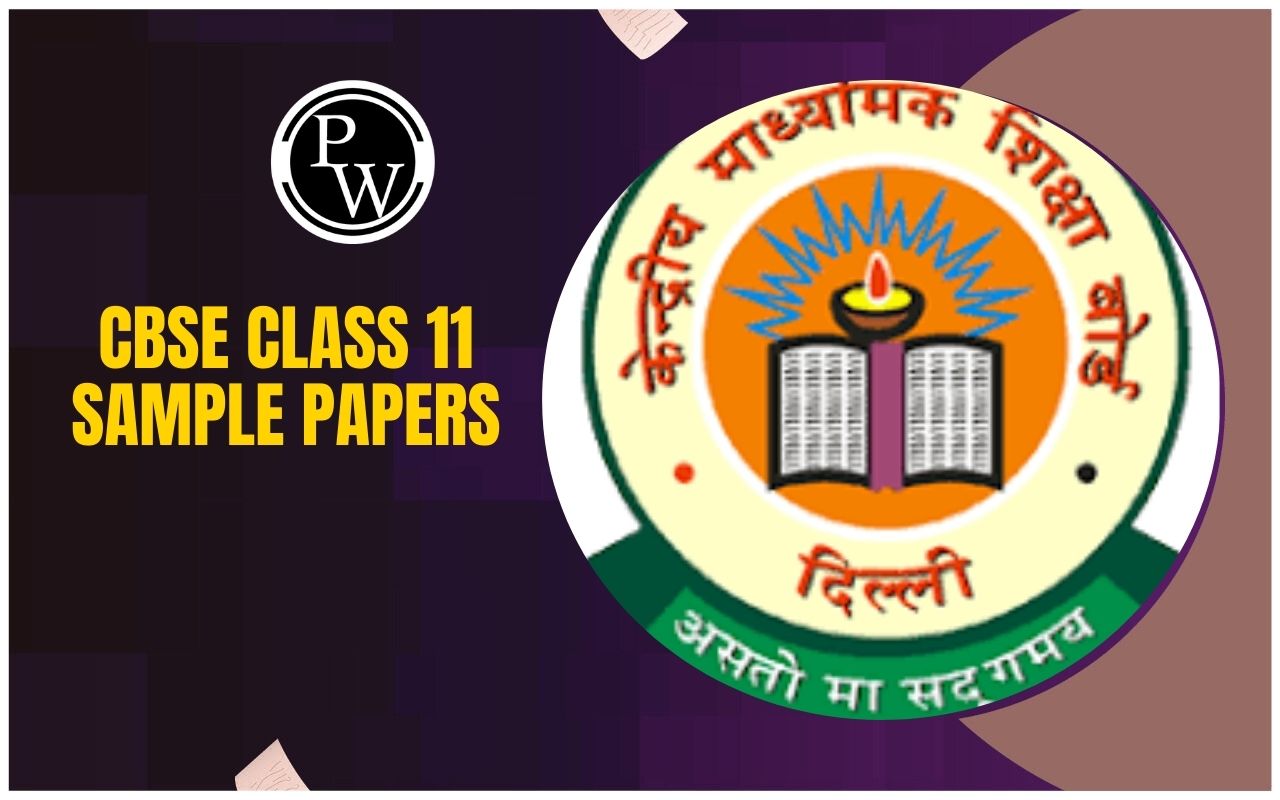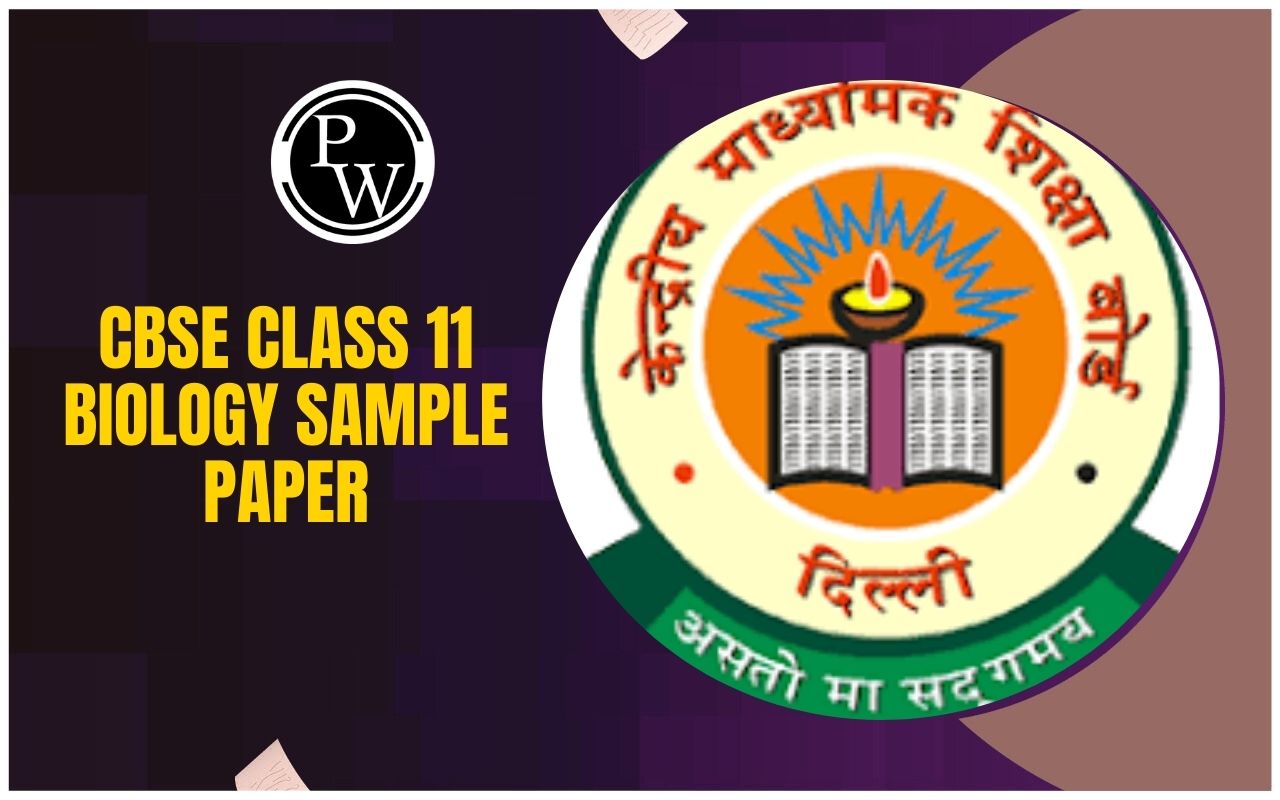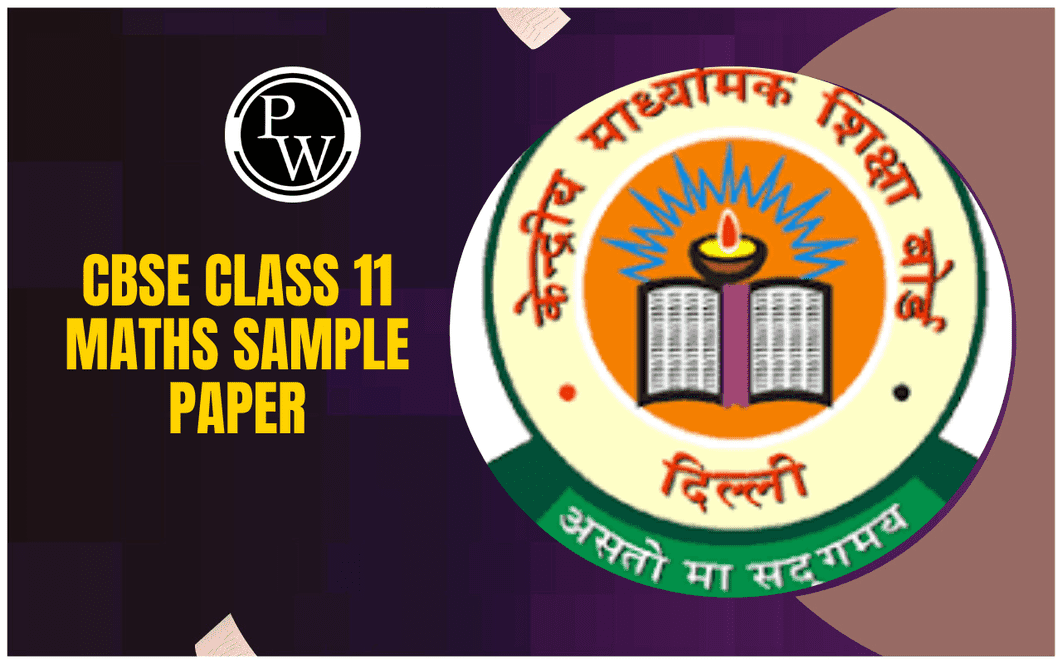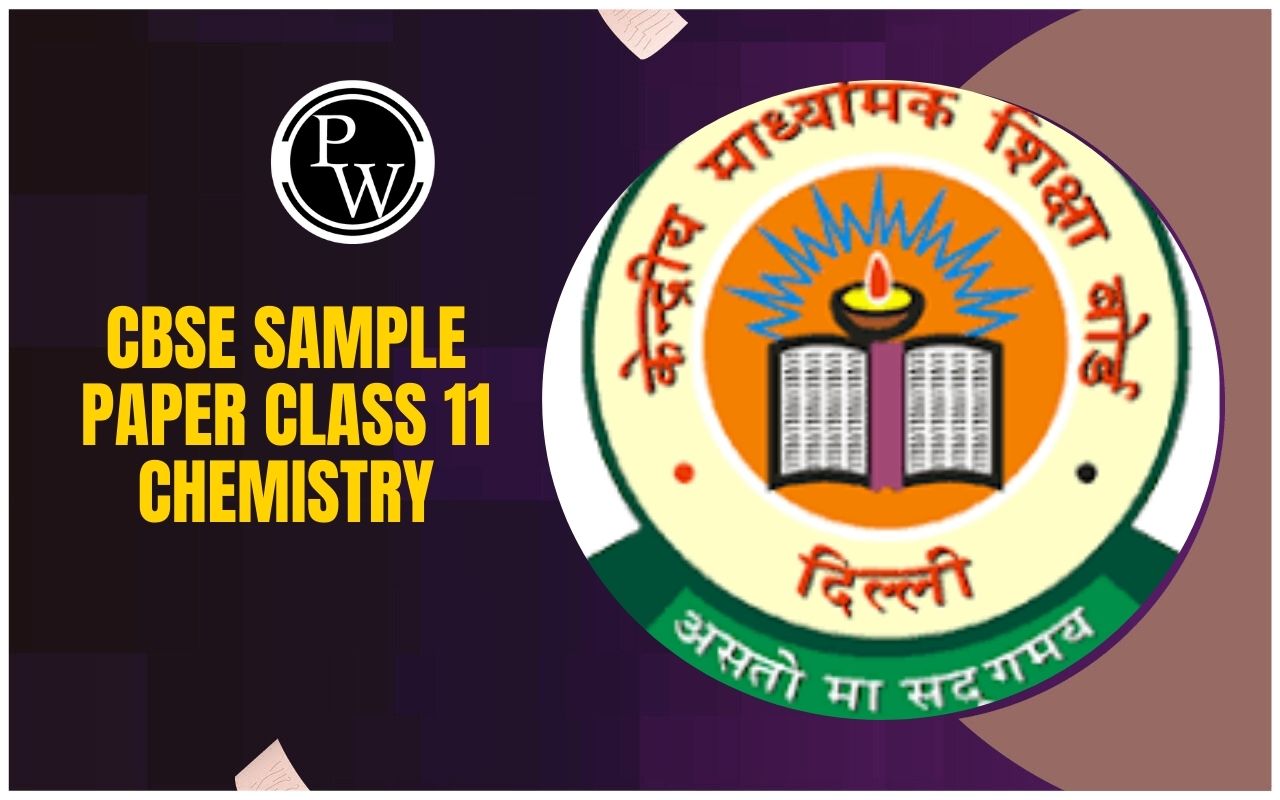
Important Questions for Class 11 History Chapter 4: These important questions are crucial for Class 11 students as they prepare for their exams. Focusing on such questions helps in understanding the core concepts of Chapter 4 The Three Orders in History.
By practicing these, students can strengthen their knowledge of medieval European society, including the roles of clergy, nobility, and peasants, as well as key topics like feudalism, the Church's influence, and the agricultural revolution. Answering these questions effectively can boost confidence and ensure better performance in exams.Important Questions for Class 11 History Chapter 4 Overview
Important questions for Class 11 History Chapter 4 The Three Orders focus on understanding the feudal structure of medieval Europe, divided into the clergy, nobility, and peasants. Key questions include explaining the roles and relationships between lords and vassals, the responsibilities of peasants, and the Church's influence on society and politics. Topics like the agricultural revolution, the emergence of towns and trade, and the decline of feudalism are also critical. Preparing these questions thoroughly is important for scoring well in exams.Important Questions for Class 11 History Chapter 4 PDF
Important questions for Class 11 History Chapter 4 The Three Orders provide a comprehensive understanding of the feudal system in medieval Europe. To access a detailed list of these questions in PDF format, click the link provided below:Download Important Questions for Class 11 History Chapter 4 PDF
Important Questions for Class 11 History Chapter 4 The Three Orders
Here are the important questions beneficial for Class 11 students in exams for History Chapter 4-Question 1: Discuss the following:
(i) Serf : Serfs were agricultural laborers in medieval Europe who worked on lands owned by lords. They cultivated crops and gave a major share of the produce to their lords. Serfs were tied to the estate and could not leave or marry without the lord's permission. Their lives were closely controlled by their lords, limiting their independence. (ii) Monk : Monks were deeply religious individuals who chose to live in isolation within monasteries or abbeys. They dedicated their lives to prayer, meditation, and study. Monks took vows of celibacy and spent their entire lives in these religious communities. Women who chose similar lives became nuns and lived in separate nunneries. (iii) Cathedrals : Cathedrals were grand stone churches built primarily in France during the medieval period. They were architectural marvels designed to amplify the priest's voice and accommodate large gatherings. Stained glass windows depicted biblical stories, making them accessible to illiterate people. These cathedrals often became centers of pilgrimage and community life.Question 2: Why were the people of new towns considered the fourth order?
Answer-
The people of new towns formed the fourth order in society because their lifestyle and occupations differed from the earlier three orders (nobility, clergy, and peasants). These towns emerged due to trade expansion, and their residents included merchants, craftsmen, bankers, and lawyers. Organized guilds managed industries and crafts. With their economic success, merchants became wealthier than the nobility, contributing significantly to urban development, including cathedral towns.Question 3: What caused the rise of the middle class?
Answer-
Several factors contributed to the emergence of the middle class in Europe:- Many feudal lords died in the Crusades, weakening feudalism.
- Trade and commerce expanded, enriching traders and merchants.
- Cities and towns gained independence from feudal control, becoming hubs of trade and education.
- Wealthy merchants supported arts, science, and education, fostering cultural growth.
Question 4: How did technological changes affect agriculture during the 11th century?
Answer-
Agriculture improved significantly in the 11th century due to new technologies. Iron-tipped ploughs replaced wooden ones, and better harnessing techniques increased animal efficiency. Horseshoes prevented hoof decay, enhancing mobility. The shift from a two-field to a three-field system allowed land to be used more effectively, increasing crop yields. These changes doubled food production and reduced labor needs, though they required considerable investment.Question 5: Discuss the achievements of nation-states.
Answer-
Nation-states brought several positive changes:- They weakened the feudal lords' power, fostering peace and unity.
- Nation-states instilled a sense of nationalism among citizens.
- Economically, they strengthened trade and improved administration.
- Nation-states contributed to cultural and architectural advancements, including the development of national languages and literature.
Question 6: What led to the decline of feudalism in Europe?
Answer-
Feudalism declined in Europe due to:- The rise of powerful monarchies in France, Spain, and England, which centralized power.
- Nationalism gained momentum through education, uniting people under kings rather than feudal lords.
- The growth of the middle class, which prioritized peace and economic stability over feudal conflicts.
- Advancements in trade and commerce that shifted power from lords to merchants.
Question 7: Discuss the emergence of cathedrals.
Answer-
Cathedrals, large stone churches, emerged in France from the 12th century. Built with contributions from various groups, including wealthy merchants, these structures took years to complete. They became pilgrimage centers and symbols of community pride. Their architectural design allowed priests' voices to be clearly heard by large audiences, and stained glass windows illustrated Bible stories, making them accessible to all, including the illiterate.Question 8: What political changes occurred in 15th and 16th century Europe?
Answer-
During this period, European kings consolidated their power by forming standing armies, establishing bureaucracies, and implementing national taxes. Monarchs like Louis XI of France and Henry VII of England centralized authority and strengthened their economies. These "new monarchs" expanded their territories and supported overseas exploration. The shift away from feudalism marked the rise of modern nation-states.Question 9: Why did Europe’s economic progress slow down by the early 14th century?
Answer-
Several factors led to economic stagnation:- Harsh climatic conditions reduced agricultural output.
- Soil fertility declined due to overuse, and pastures became scarce.
- Famines and cattle deaths occurred, leading to food shortages.
- Trade suffered due to a lack of silver, causing currency devaluation.
- The Black Death (1347–1350) severely reduced the population, further disrupting trade and agriculture.
Question 10: What were the major drawbacks of feudalism in medieval Europe?
Answer-
Feudalism had several flaws:- It fragmented nations into small, self-serving fiefs, undermining national unity.
- Central governments weakened as feudal lords gained excessive power.
- Frequent conflicts among lords disrupted peace and security.
- Military organization was disorganized, with varying equipment and strategies.
- Justice was inconsistent, as each lord governed independently, leading to widespread inefficiency.
Benefits of Important Questions for Class 11 History Chapter 4
Here are the benefits of focusing on important questions for Class 11 History Chapter 4 The Three Orders-Focused Learning - Important questions help students concentrate on key themes and concepts in the chapter, such as the rise of Islam, the Abbasid and Umayyad Caliphates, and the cultural, economic, and intellectual developments of the Islamic world.
Enhanced Exam Preparation - By studying these questions, students become familiar with the format and type of questions likely to appear in exams. This targeted preparation increases their chances of scoring well.
Better Retention - Regularly revising key questions reinforces important concepts and events, helping students retain information for the long term.
Critical Thinking Skills - Answering questions that require explanation or analysis helps develop critical thinking by encouraging students to analyze historical events and draw connections between different developments in the Islamic world.
Improved Answer Writing - Practicing important questions teaches students how to structure their answers effectively, improving their ability to write well-organized and detailed responses in exams.
Confidence Boost - Familiarity with important questions boosts students confidence, making them feel more prepared and ready for the exam.
Broader Understanding - Focused study on these questions ensures that students develop a deeper understanding of the key events, leaders, and cultural aspects of the Central Islamic Lands, laying a strong foundation for further studies in history.
Important Questions for Class 11 History Chapter 4 FAQs
How did the Three Orders impact medieval society?
Were the Three Orders equal in power?
How did the Three Orders change over time?
How did the Three Orders relate to feudalism?










